行業(yè)資訊
瀝青路面冷再生技術(shù)
Cold recycling technology for asphalt pavement
我國每年改擴(kuò)建及養(yǎng)護(hù)道路會產(chǎn)生大量的瀝青路面舊料,這不免讓人深思,是否存在一種技術(shù)能減緩舊料造成的環(huán)境污染和資源浪費(fèi),充分利用其剩余性能呢?
Every year in China, the renovation, expansion, and maintenance of roads generate a large amount of old asphalt pavement materials. This inevitably prompts people to ponder whether there is a technology that can slow down the environmental pollution and resource waste caused by old materials, and fully utilize their remaining performance?
1
one
什么是瀝青路面再生技術(shù)
What is asphalt pavement regeneration technology
瀝青路面再生技術(shù)就是這樣一種將舊瀝青路面二次利用,通過添加再生劑、新料等材料,恢復(fù)部分回收瀝青路面材料(Reclaimed Asphalt Pavement, RAP)的原有性能,將資源最大化利用的養(yǎng)護(hù)技術(shù)。該技術(shù)不僅能夠節(jié)約資源、緩解公路養(yǎng)護(hù)資金短缺矛盾,而且符合我國節(jié)能環(huán)保、可持續(xù)發(fā)展的戰(zhàn)略方針,因此對廢棄舊料的再次利用已成為我國高速公路養(yǎng)護(hù)發(fā)展的重要趨勢。
Asphalt pavement regeneration technology is a maintenance technique that involves reusing old asphalt pavement by adding rejuvenators, new materials, and other materials to restore the original performance of reclaimed asphalt pavement (RAP) and maximize resource utilization. This technology not only saves resources and alleviates the shortage of funds for highway maintenance, but also conforms to China's strategic principles of energy conservation, environmental protection, and sustainable development. Therefore, the reuse of waste materials has become an important trend in the development of highway maintenance in China.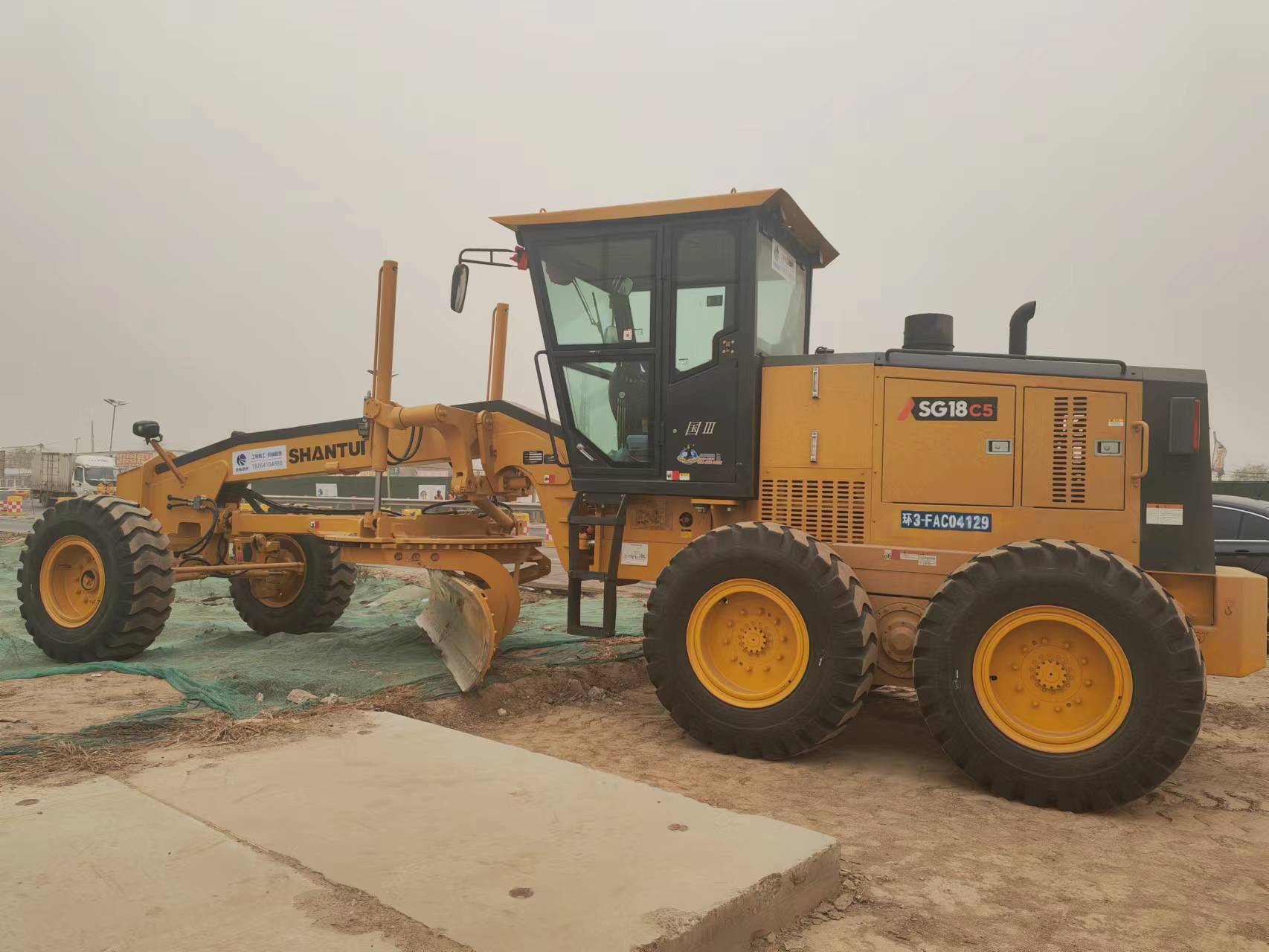
2
two
為什么選擇冷再生
Why choose cold regeneration
再生技術(shù)的分類
Classification of Regenerative Technologies
《公路瀝青路面再生技術(shù)規(guī)范》(JTG/T 5521-2019)將再生技術(shù)共分為5類,分別是就地?zé)嵩偕S拌熱再生、就地冷再生、廠拌冷再生和全深式就地冷再生,通常統(tǒng)稱為冷再生和熱再生。
The Technical Specification for Highway Asphalt Pavement Recycling (JTG/T 5521-2019) divides recycling technologies into five categories: in-situ thermal recycling, plant mixed thermal recycling, in-situ cold recycling, plant mixed cold recycling, and full depth in-situ cold recycling, commonly referred to as cold recycling and hot recycling.
熱再生技術(shù)的缺陷
Defects of hot regeneration technology
熱再生技術(shù)是將回收的RAP加熱后通過修正級配、添加再生劑以及補(bǔ)充新瀝青,使回收料成為優(yōu)良的再生瀝青混合料的工藝。熱再生在重新拌料時需要較高的加熱溫度,會造成較為嚴(yán)重的污染。
Hot recycling technology is a process of heating the recycled RAP, correcting the gradation, adding rejuvenators, and supplementing new asphalt to make the recycled material an excellent recycled asphalt mixture. Hot recycling requires a higher heating temperature when re mixing materials, which can cause serious pollution.
冷再生技術(shù)的優(yōu)勢
The advantages of cold regeneration technology
冷再生技術(shù)是對舊瀝青路面銑刨、破碎、篩分后,按一定比例添加新集料,以乳化瀝青或泡沫瀝青、水泥等為膠結(jié)料進(jìn)行常溫拌和,進(jìn)而鋪筑路面結(jié)構(gòu)層的再生技術(shù)形式。相比之下,冷再生技術(shù)由于其無需加熱的特點和較高的RAP摻量,更符合我國綠色養(yǎng)護(hù)的道路發(fā)展戰(zhàn)略。
Cold recycling technology is a kind of recycling technology that milling, crushing and screening the old asphalt pavement, adding new aggregate in a certain proportion, mixing emulsified asphalt or foam asphalt, cement, etc. at room temperature, and then paving the pavement structure layer. In contrast, cold recycling technology is more in line with China's green maintenance road development strategy due to its characteristics of not requiring heating and higher RAP content.
3
three
冷再生的作用機(jī)理及典型類型
The mechanism and typical types of cold regeneration
冷再生技術(shù)如此環(huán)保的秘訣在于其在再生過程中使用乳化瀝青或泡沫瀝青替代了普通瀝青。
The secret of cold recycling technology that is so environmentally friendly is that it uses emulsified asphalt or foam asphalt instead of ordinary asphalt in the recycling process.
乳化瀝青是瀝青和乳化劑在一定工藝作用下,生成水包油或油包水的液態(tài)瀝青。常溫下保持液態(tài)的乳化瀝青與石料拌和后由于水的蒸發(fā)作用、吸附作用、物理化學(xué)作用等多種因素的影響下產(chǎn)生分解和破乳現(xiàn)象,使得乳化瀝青逐漸轉(zhuǎn)變?yōu)楣虘B(tài)[1]。
Emulsified asphalt is a liquid asphalt formed by the combination of asphalt and emulsifiers under certain process conditions, resulting in water in oil or oil in water. Emulsified asphalt, which remains liquid at room temperature and is mixed with stone, undergoes decomposition and emulsion breaking due to various factors such as water evaporation, adsorption, and physical and chemical reactions, gradually transforming into a solid state.
泡沫瀝青是通過物理變化降低瀝青粘度,與乳化瀝青相同,二者的最終目的都是實現(xiàn)瀝青材料和冷骨料的均勻拌和,形成材料強(qiáng)度[2]。
Foam asphalt reduces the viscosity of asphalt through physical changes. Like emulsified asphalt, the ultimate purpose of both is to achieve uniform mixing of asphalt materials and cold aggregates to form material strength [2].
作用機(jī)理
Mechanism of action
典型類型
Typical types
乳化瀝青就地冷再生技術(shù)是江蘇省高速公路大量使用的冷再生養(yǎng)護(hù)技術(shù),它具有100%利用舊料、常溫下施工、無需運(yùn)輸、一體化施工等諸多優(yōu)點,多用于高速基層及一、二級公路中下面層,適用于基層穩(wěn)定、面層較差的路段[3]。與路面養(yǎng)護(hù)中常用的銑刨重鋪方案相比,半幅雙車道每10公里路段,使用乳化瀝青就地冷再生技術(shù)將節(jié)約石料16200噸,柴油103.2噸,減少CO2排放290噸,節(jié)約造價1330萬元。
Emulsified asphalt in situ cold recycling technology is a cold recycling maintenance technology widely used in expressways in Jiangsu Province. It has many advantages such as 100% utilization of old materials, construction at normal temperature, no need for transportation, integrated construction, etc. It is mostly used for high-speed base course, middle and lower layers of Class I and second-class highway, and is suitable for sections with stable base course and poor surface course [3]. Compared with the commonly used milling and repaving scheme in road maintenance, the use of emulsified asphalt on-site cold recycling technology for every 10 kilometers of half width dual lane road will save 16200 tons of stone, 103.2 tons of diesel, reduce 290 tons of CO2 emissions, and save 13.3 million yuan in cost.
4
four
冷再生的施工及應(yīng)用實例
Construction and application examples of cold recycling
近年來,乳化瀝青就地冷再生技術(shù)作為重載交通高速公路中面層的技術(shù)已在汾灌、寧宿徐等江蘇省高速公路上得到驗證并廣泛推廣。
In recent years, the in-situ cold recycling technology of emulsified asphalt has been validated and widely promoted as a surface layer technology for heavy-duty highways in Jiangsu Province, such as Fenguan and Ningsu Xu.
汾灌高速中的應(yīng)用
Application in Fenguan Expressway
2019年汾灌高速灌汾方向兩車道各7.039km(K814+278-K825+296)進(jìn)行了乳化瀝青就地冷再生施工[4]。具體實施方案為:就地冷再生10cm原中上面層,灑布防水粘結(jié)層,在撒布橡膠瀝青碎石封層后,上面加鋪5cm高強(qiáng)瀝青SMA-13罩面。施工流程包括:舊路裂縫處理、水泥撒布、再生、攤鋪、碾壓和養(yǎng)生。
In 2019, on-site cold recycling construction of emulsified asphalt was carried out for 7.039km (K814+278-K825+296) on both lanes of the Guanfen direction of the Fenguan Expressway. The specific implementation plan is to cold regenerate a 10cm original upper layer on site, sprinkle a waterproof bonding layer, and after spreading a rubber asphalt crushed stone seal layer, add a 5cm high-strength asphalt SMA-13 overlay on top. The construction process includes: treatment of old road cracks, cement spreading, regeneration, paving, rolling, and curing.
施工完成3天后,全路段均可取出完整芯樣;完成28天后,混合料芯樣劈裂強(qiáng)度、馬歇爾穩(wěn)定度、壓實度等均達(dá)到設(shè)計要求;完成3年后,路面各項性能均維持在優(yōu)良水平。
After 3 days of construction completion, complete core samples can be taken from the entire section of the road; After 28 days of completion, the splitting strength, Marshall stability, and compaction degree of the mixed material core sample all meet the design requirements; After 3 years of completion, all road performance remained at an excellent level.
本文由 冷再生機(jī)租賃 友情奉獻(xiàn).更多有關(guān)的知識請點擊 http://www.dj1688.cn/ 真誠的態(tài)度.為您提供為全面的服務(wù).更多有關(guān)的知識我們將會陸續(xù)向大家奉獻(xiàn).敬請期待.
This article is a friendly contribution from Cold Recycling Machine Rental For more related knowledge, please click http://www.dj1688.cn/ Sincere attitude To provide you with comprehensive services We will gradually contribute more relevant knowledge to everyone Coming soon.


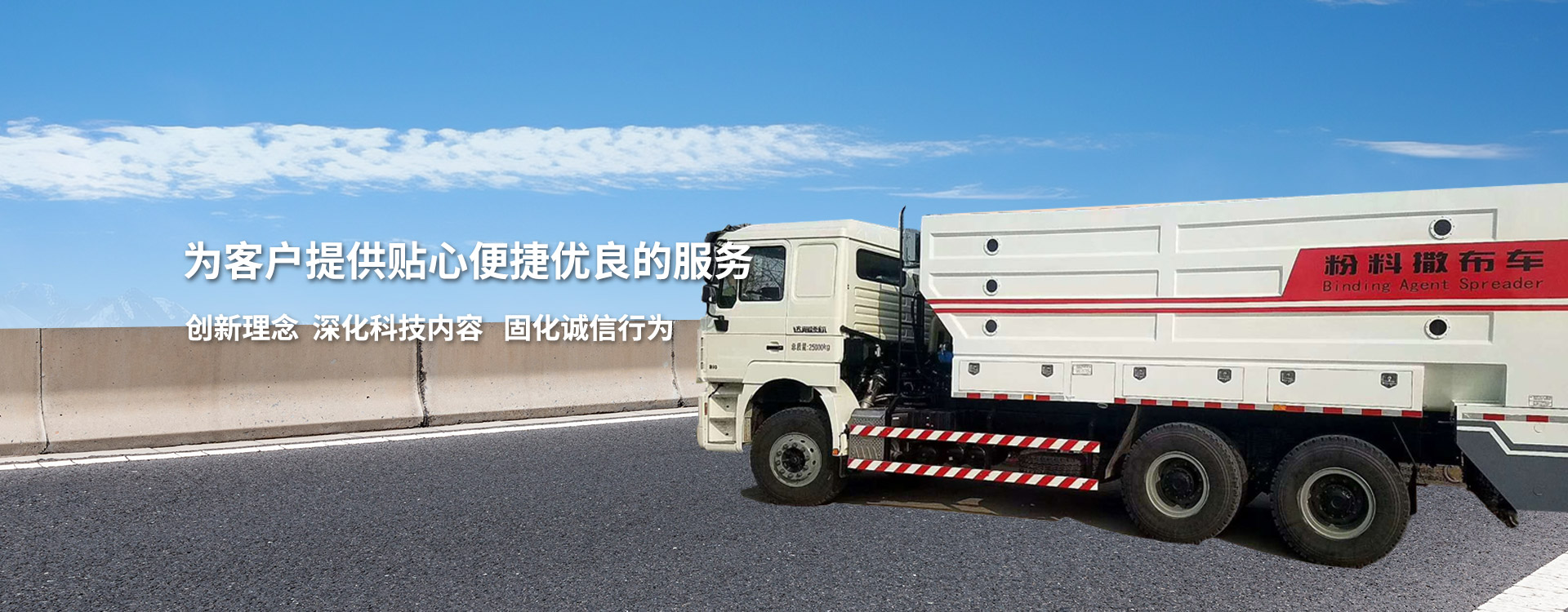
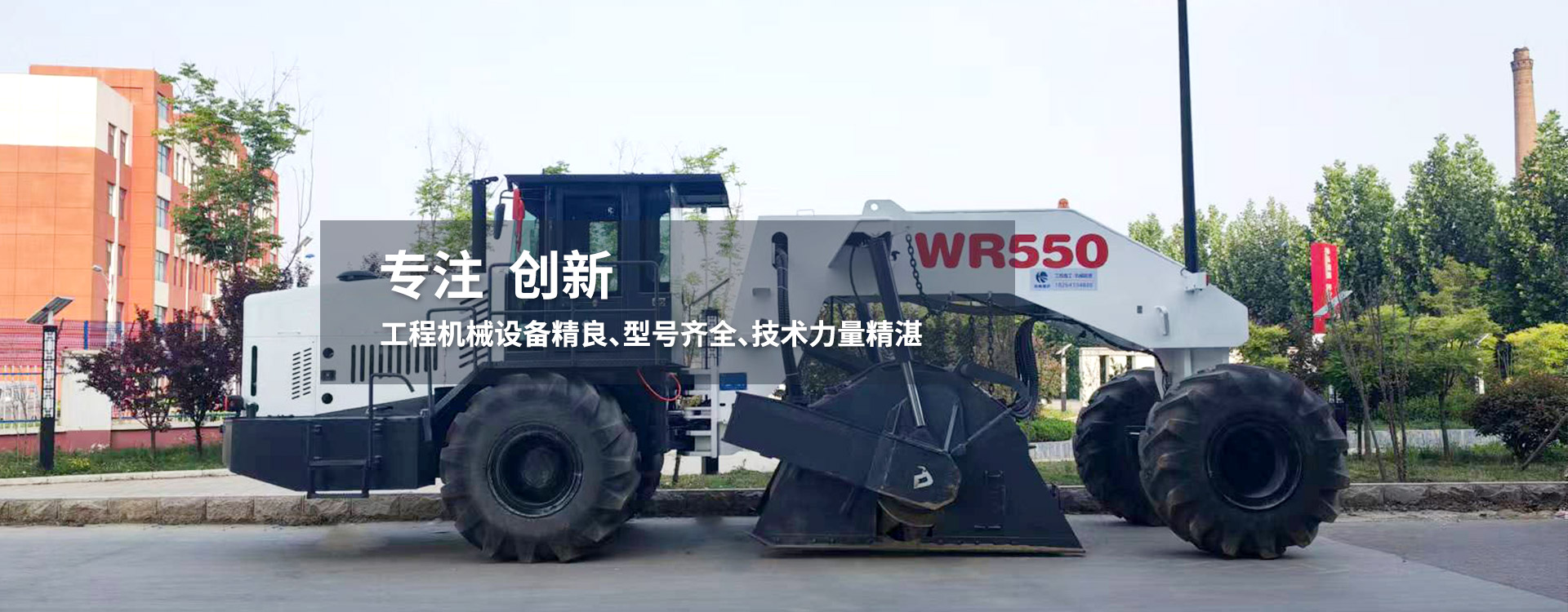
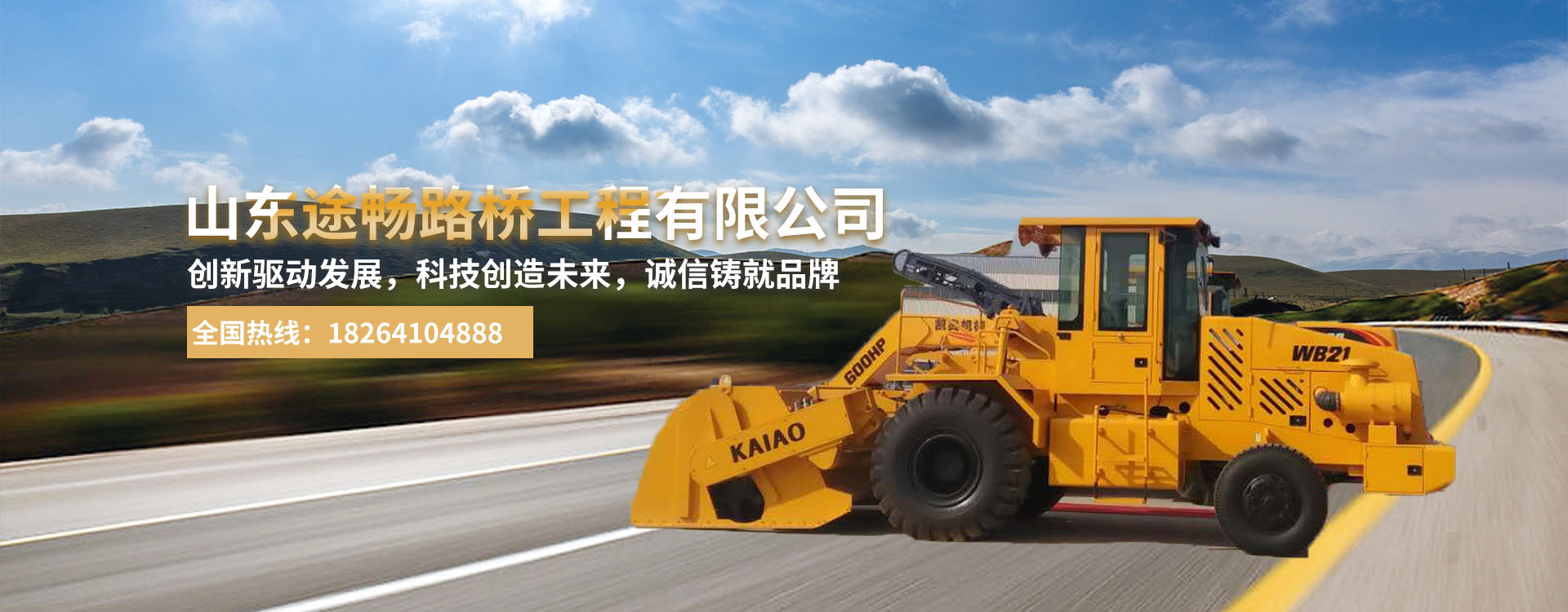
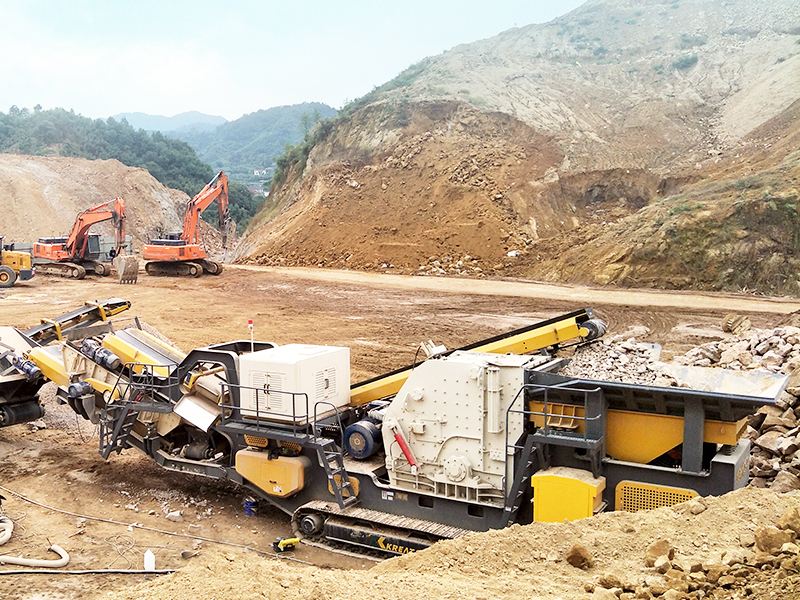
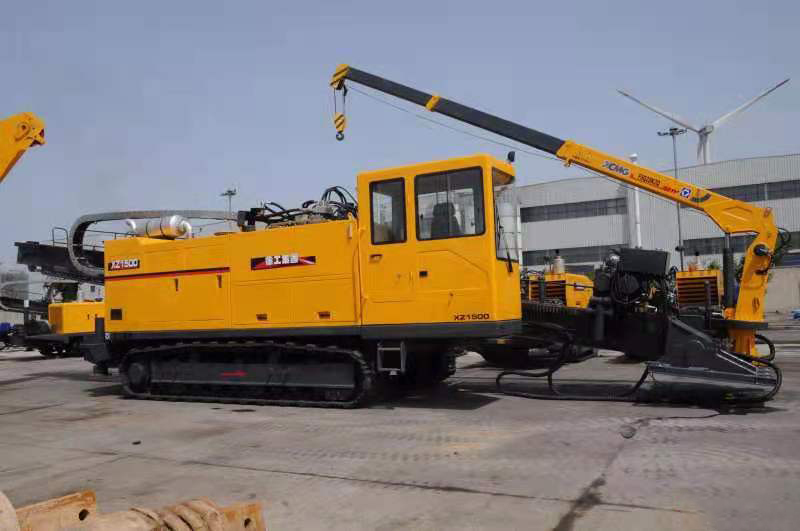
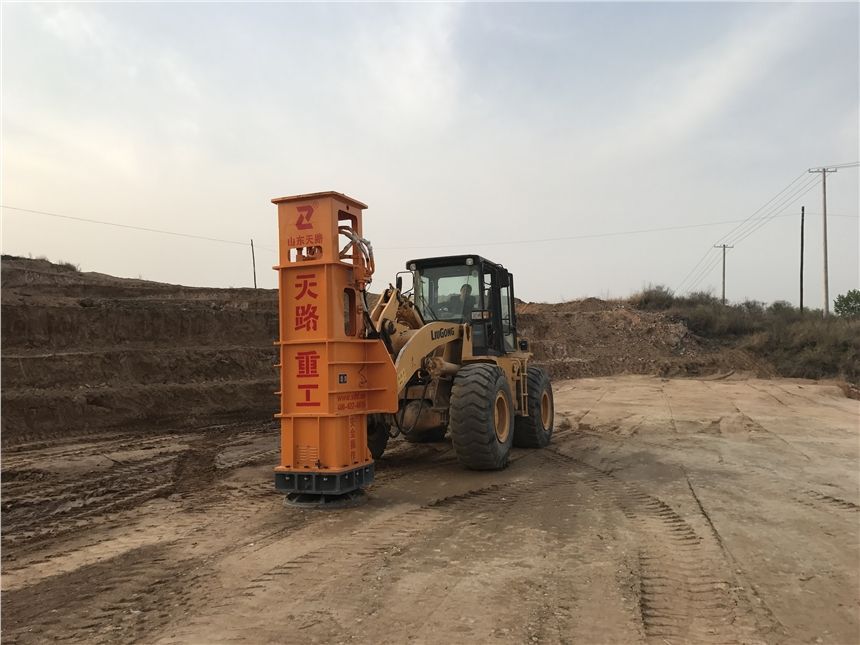
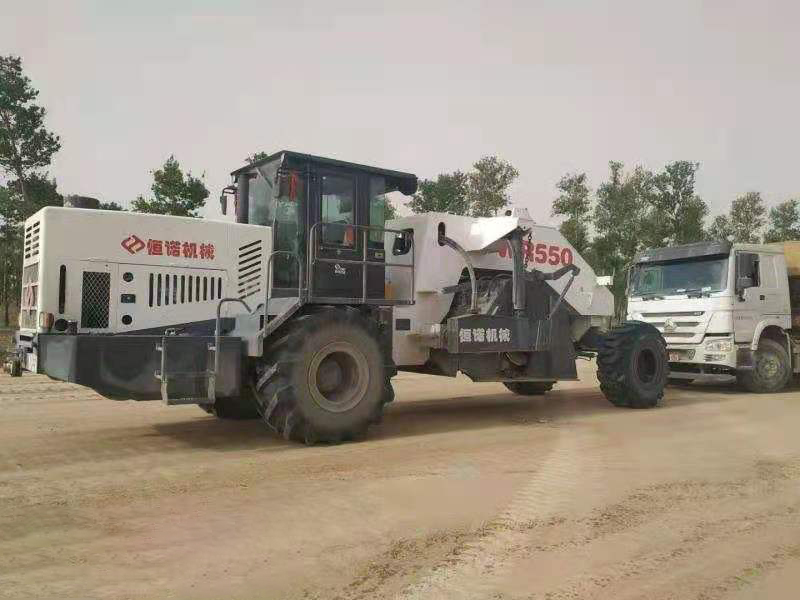
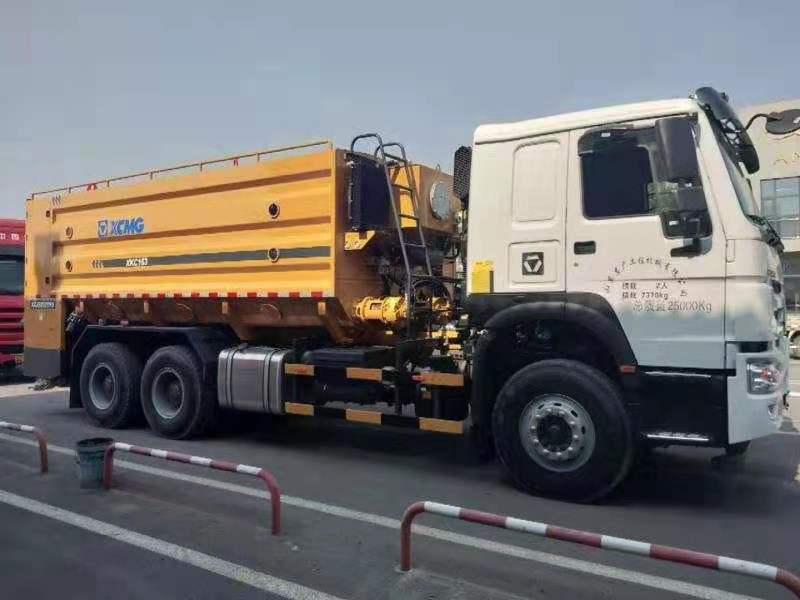
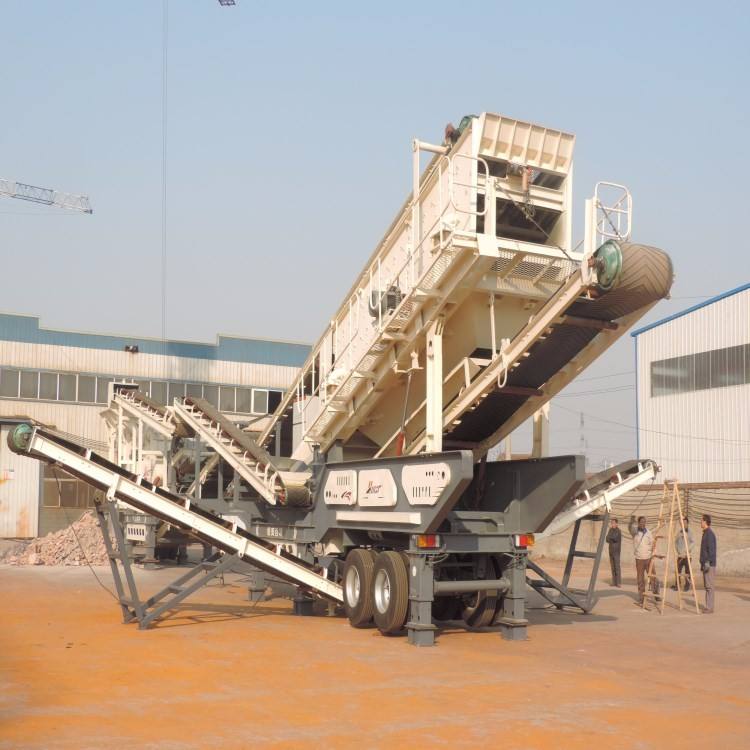
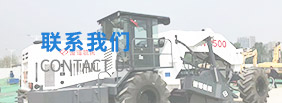
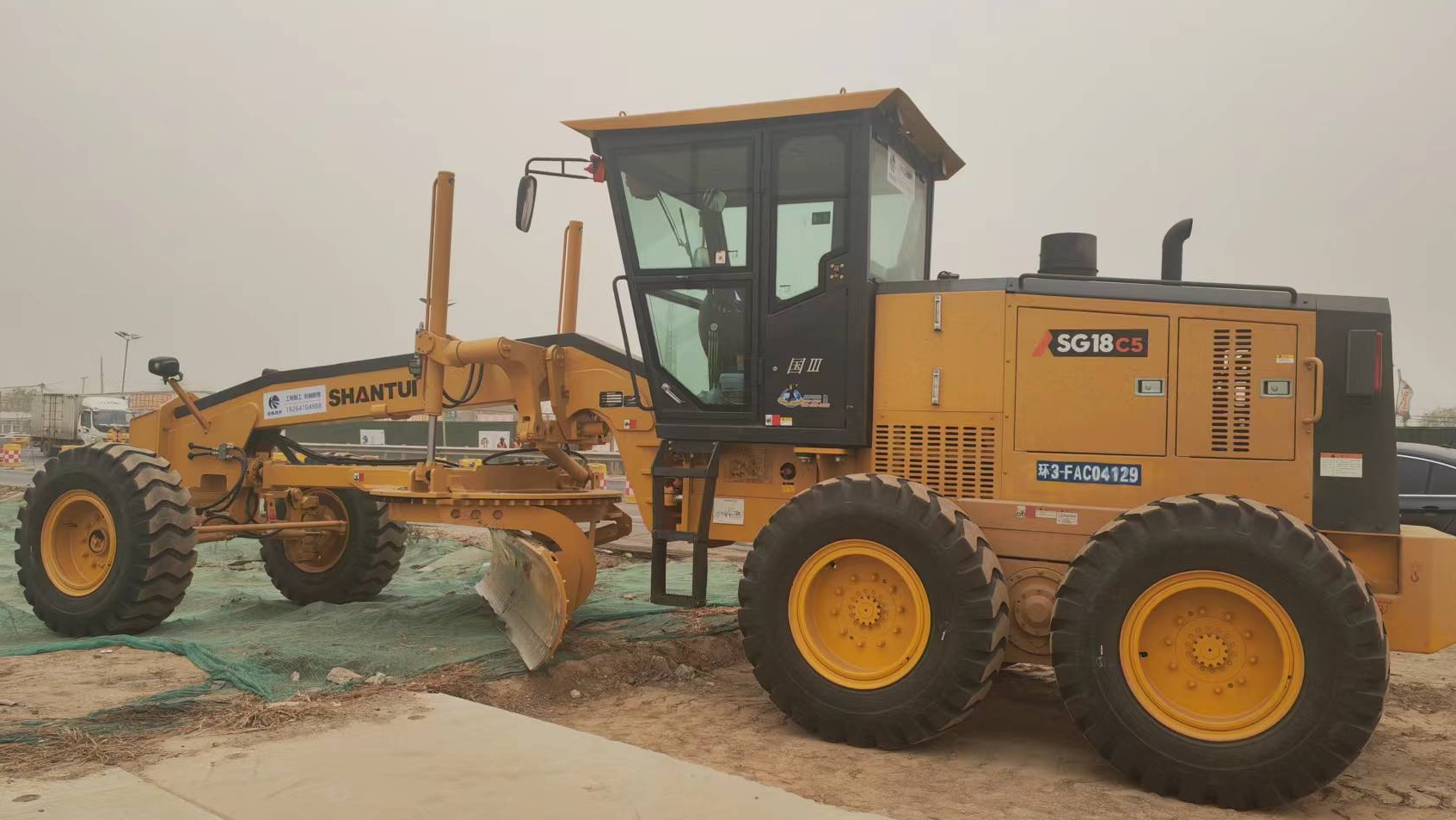
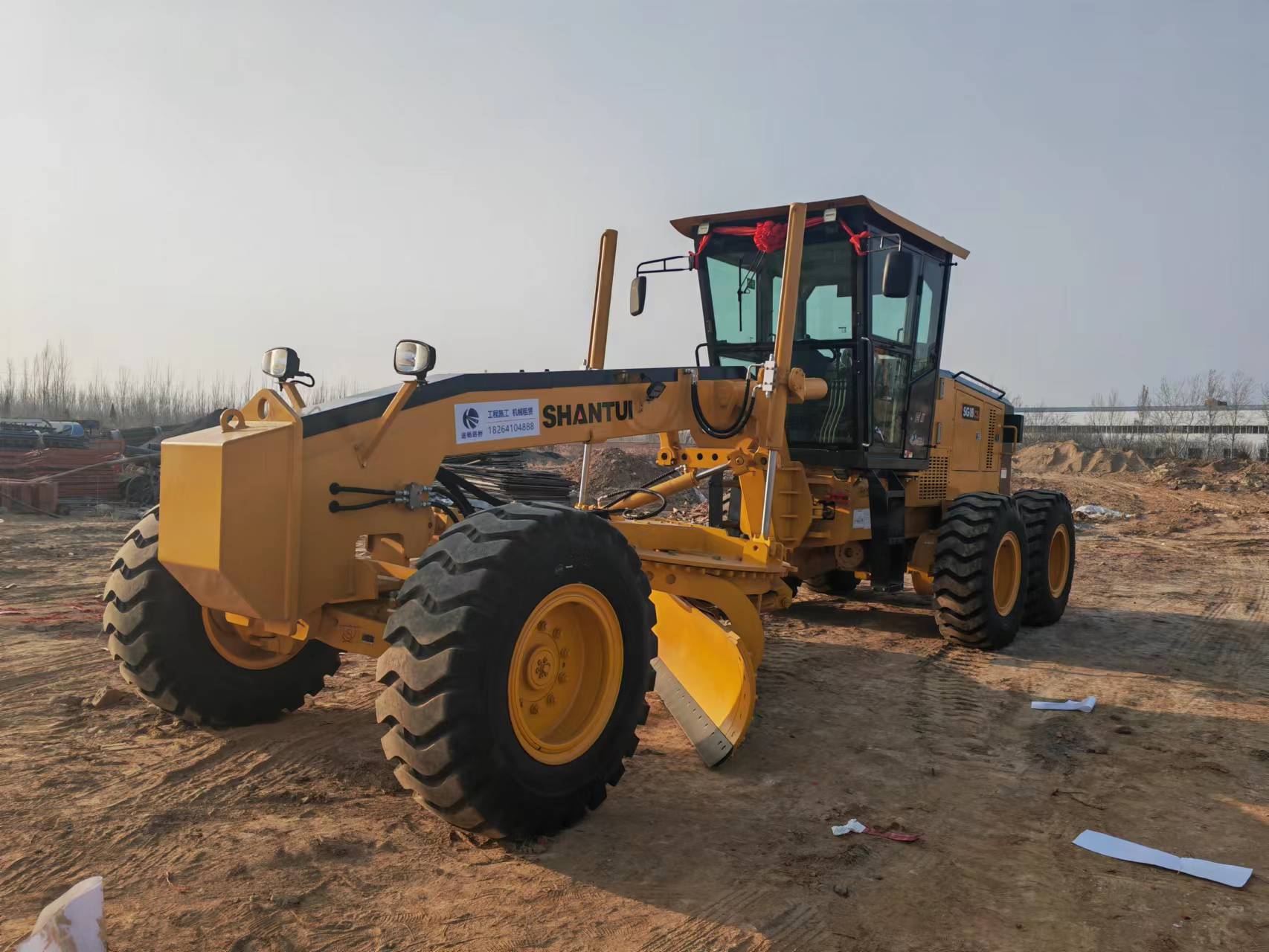
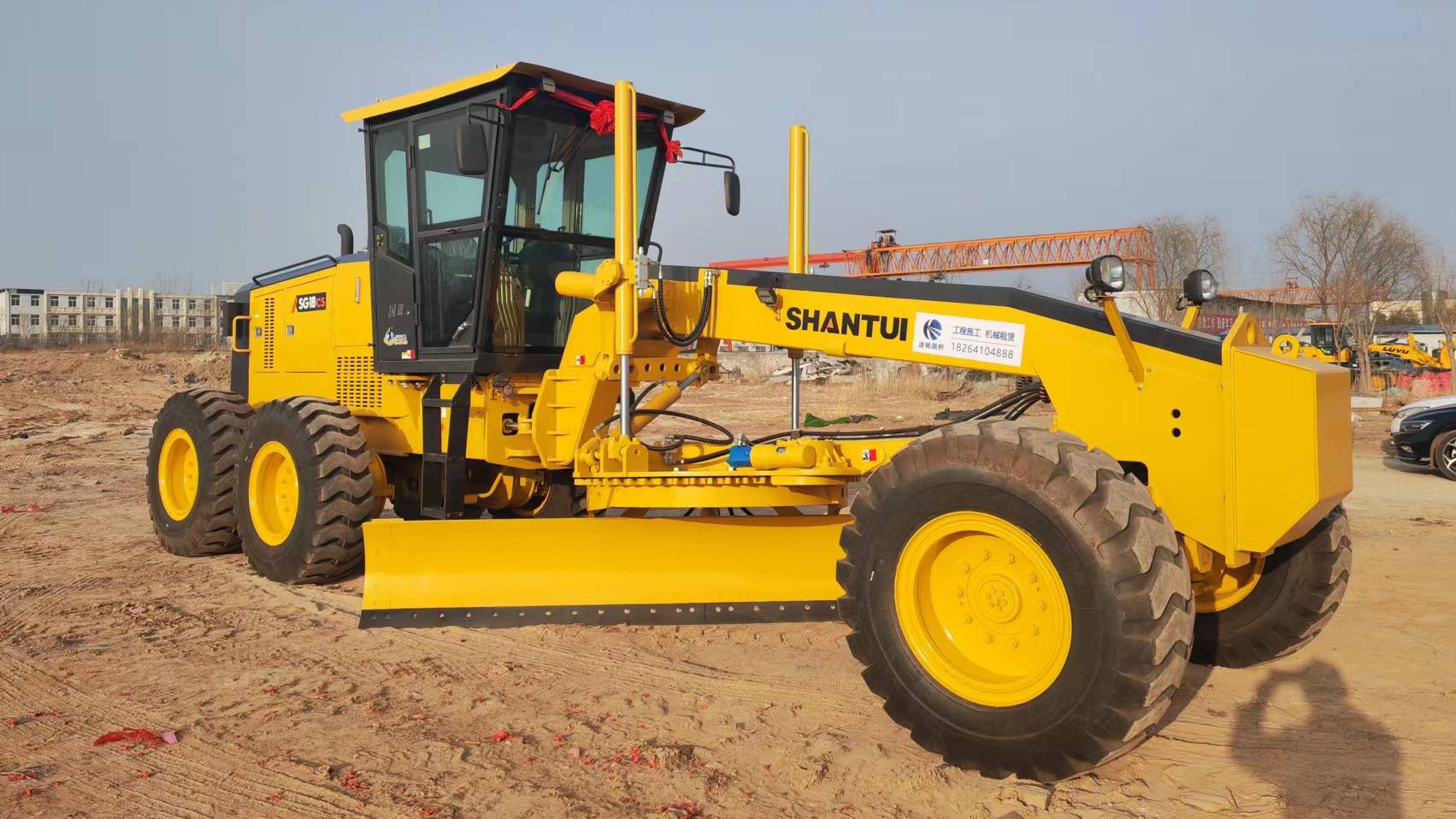
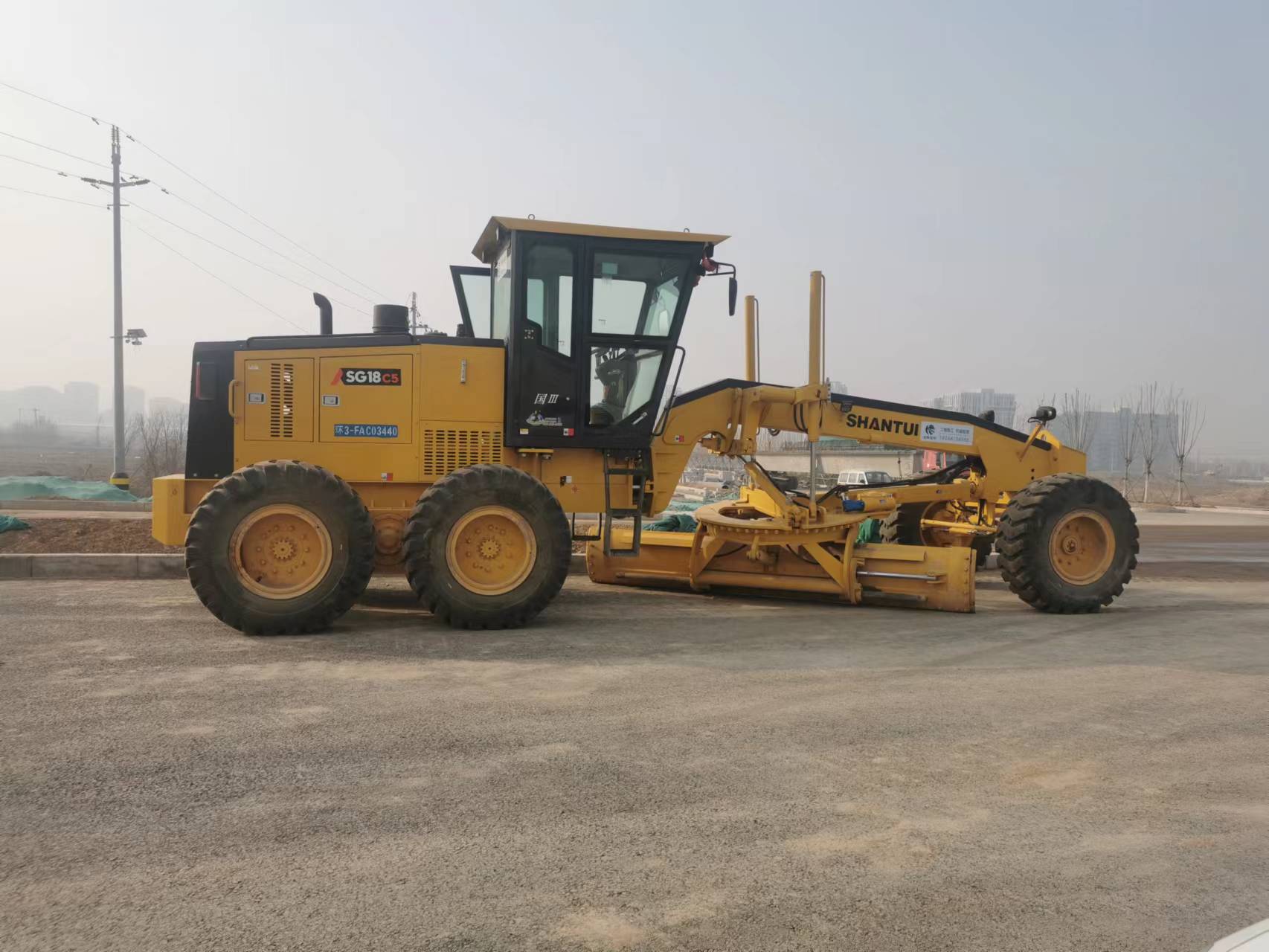
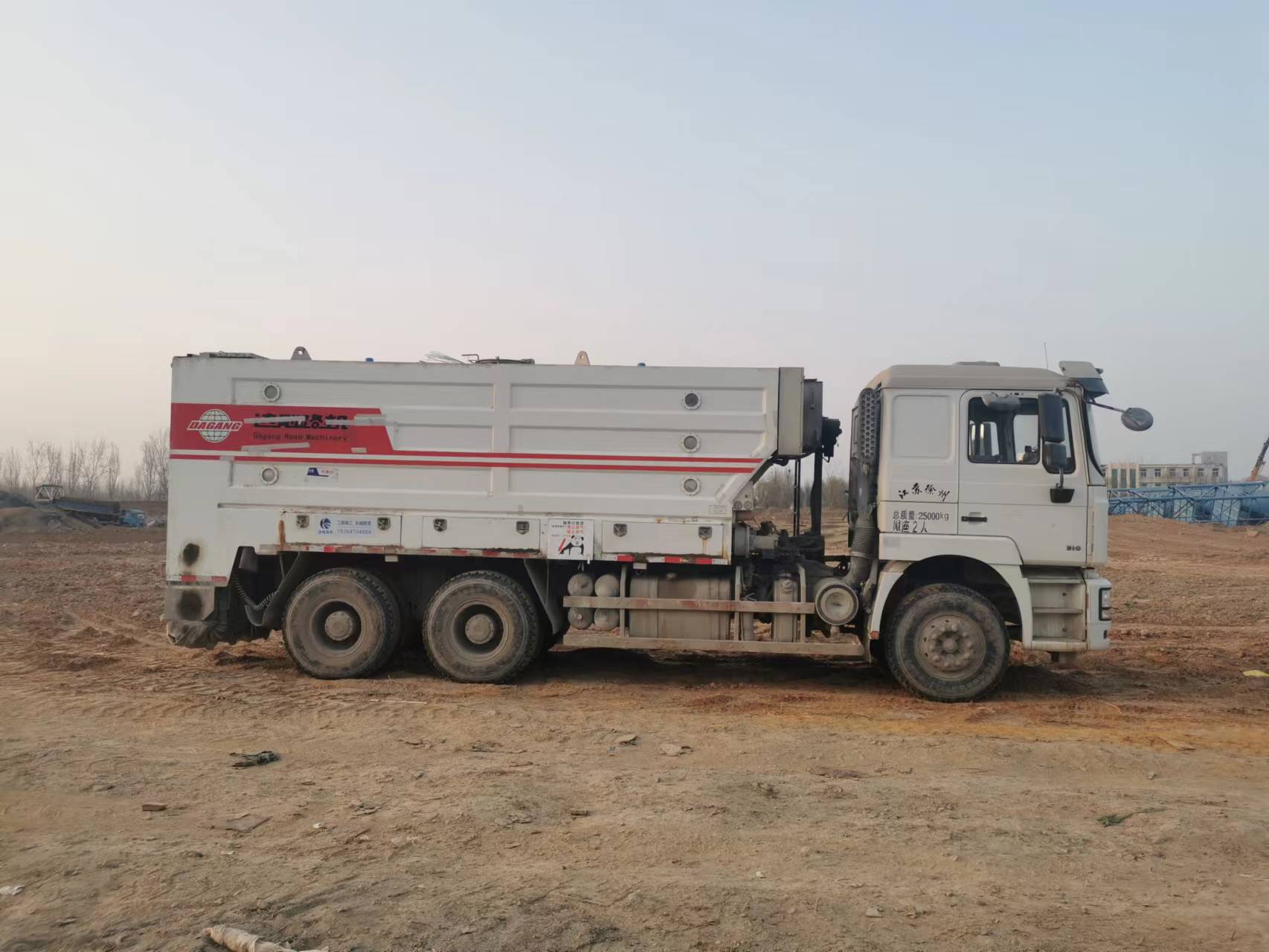
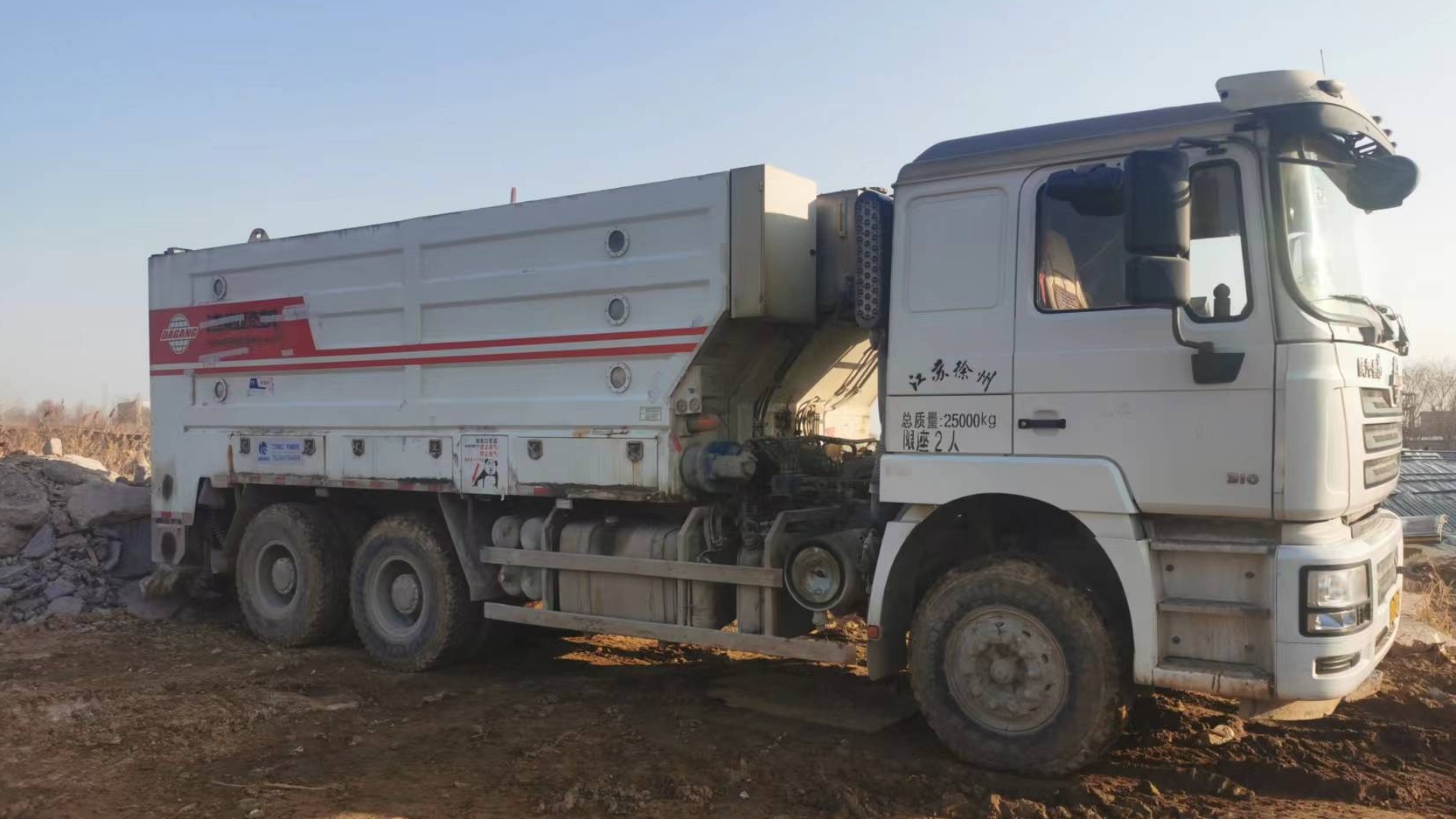
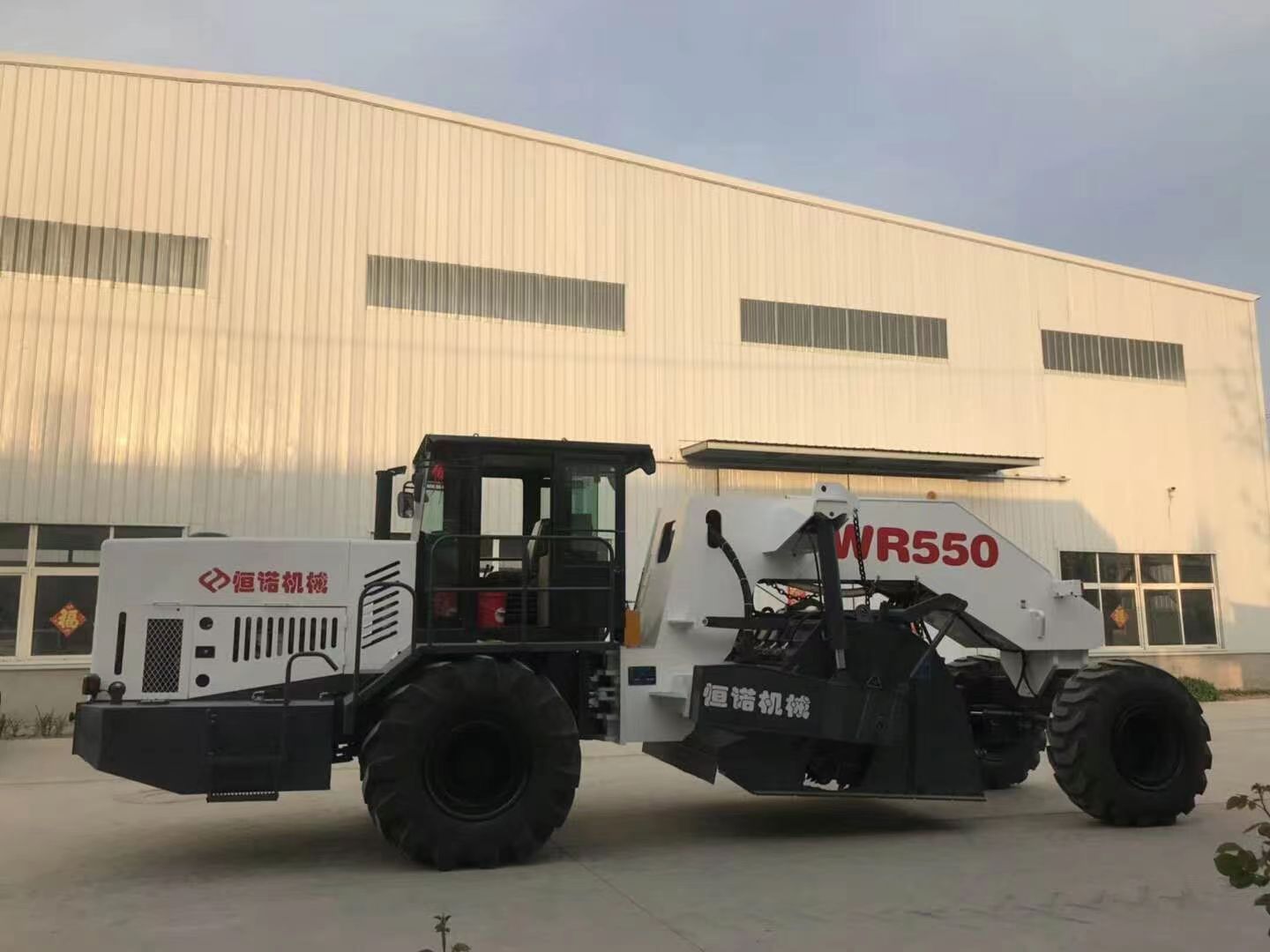
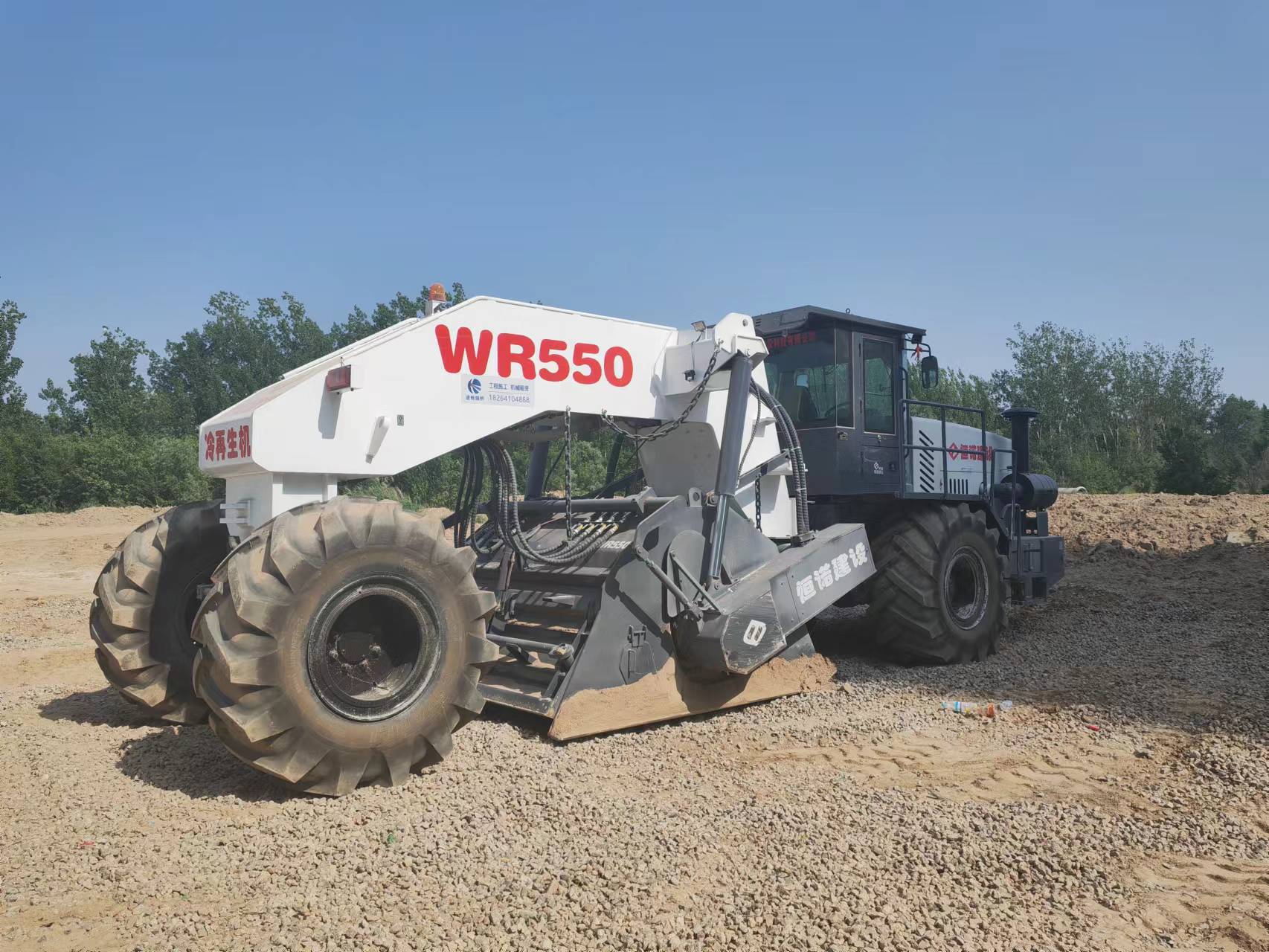
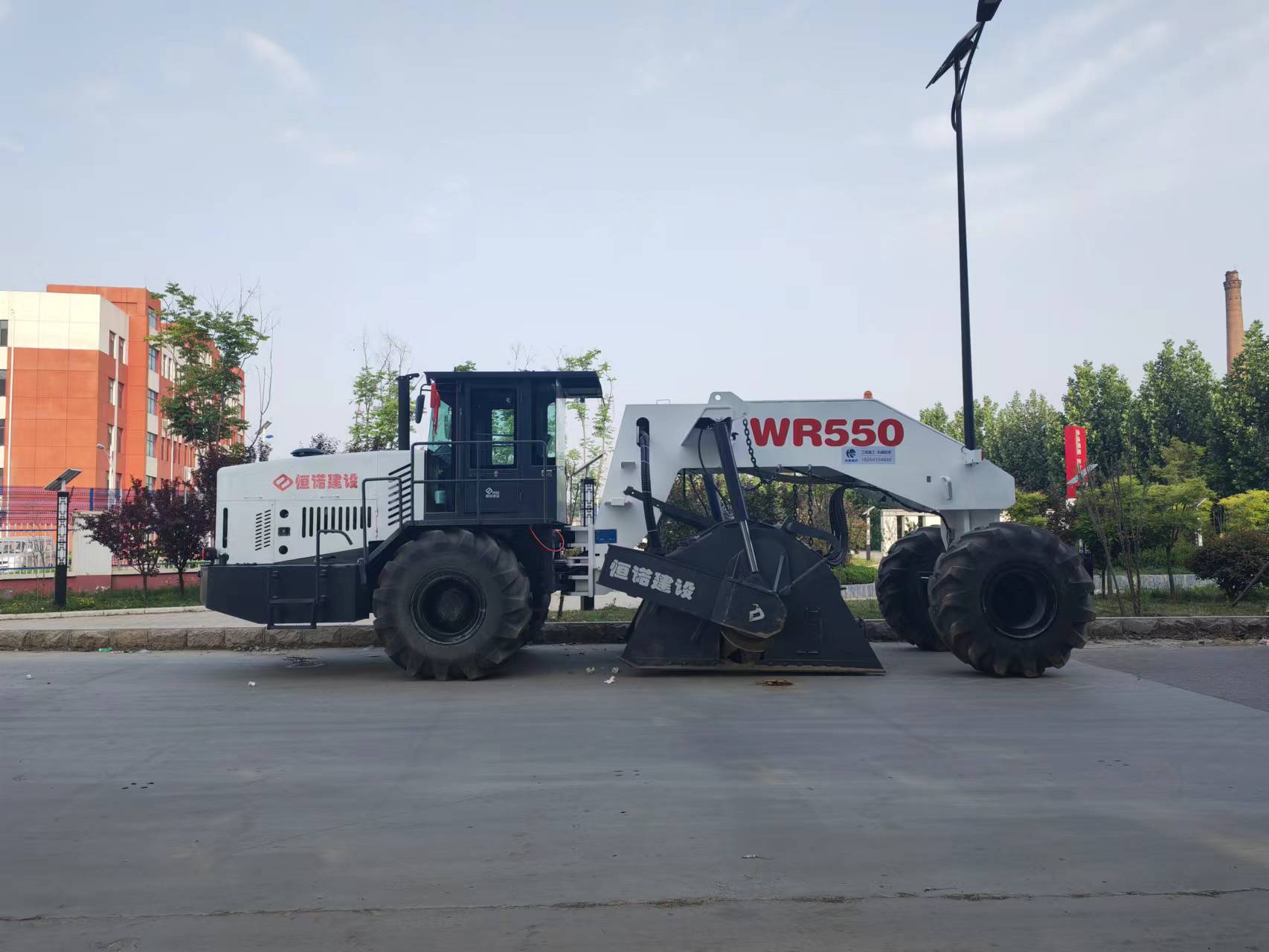
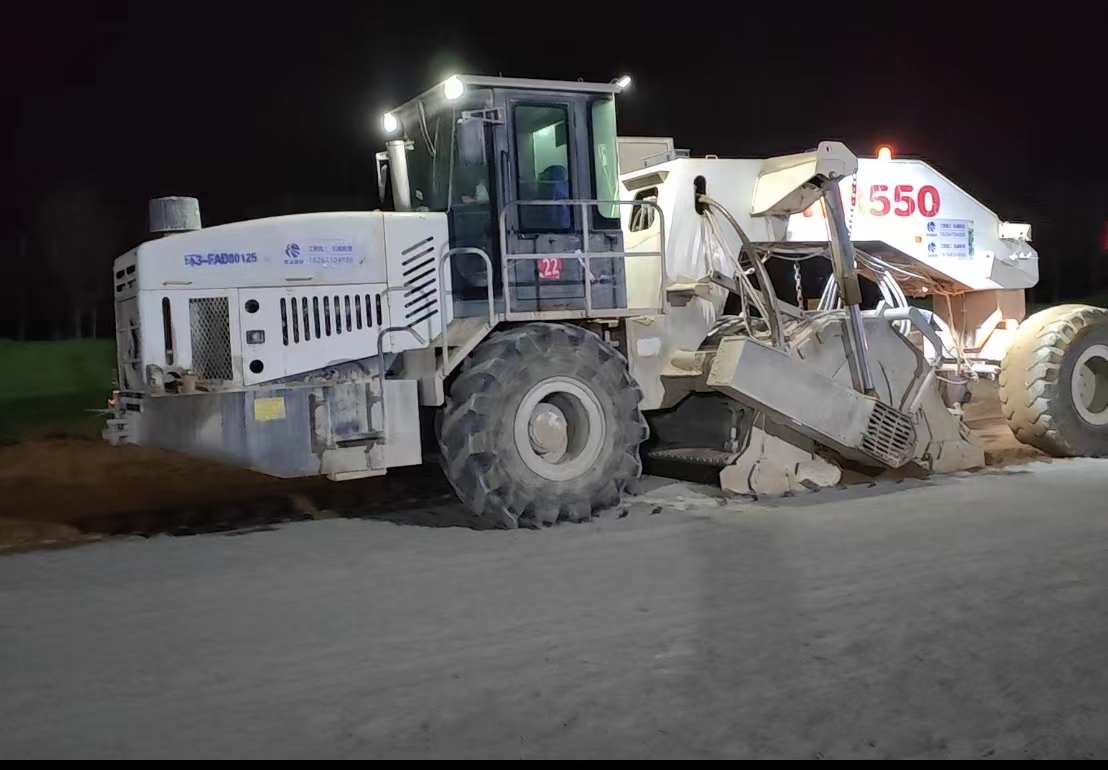
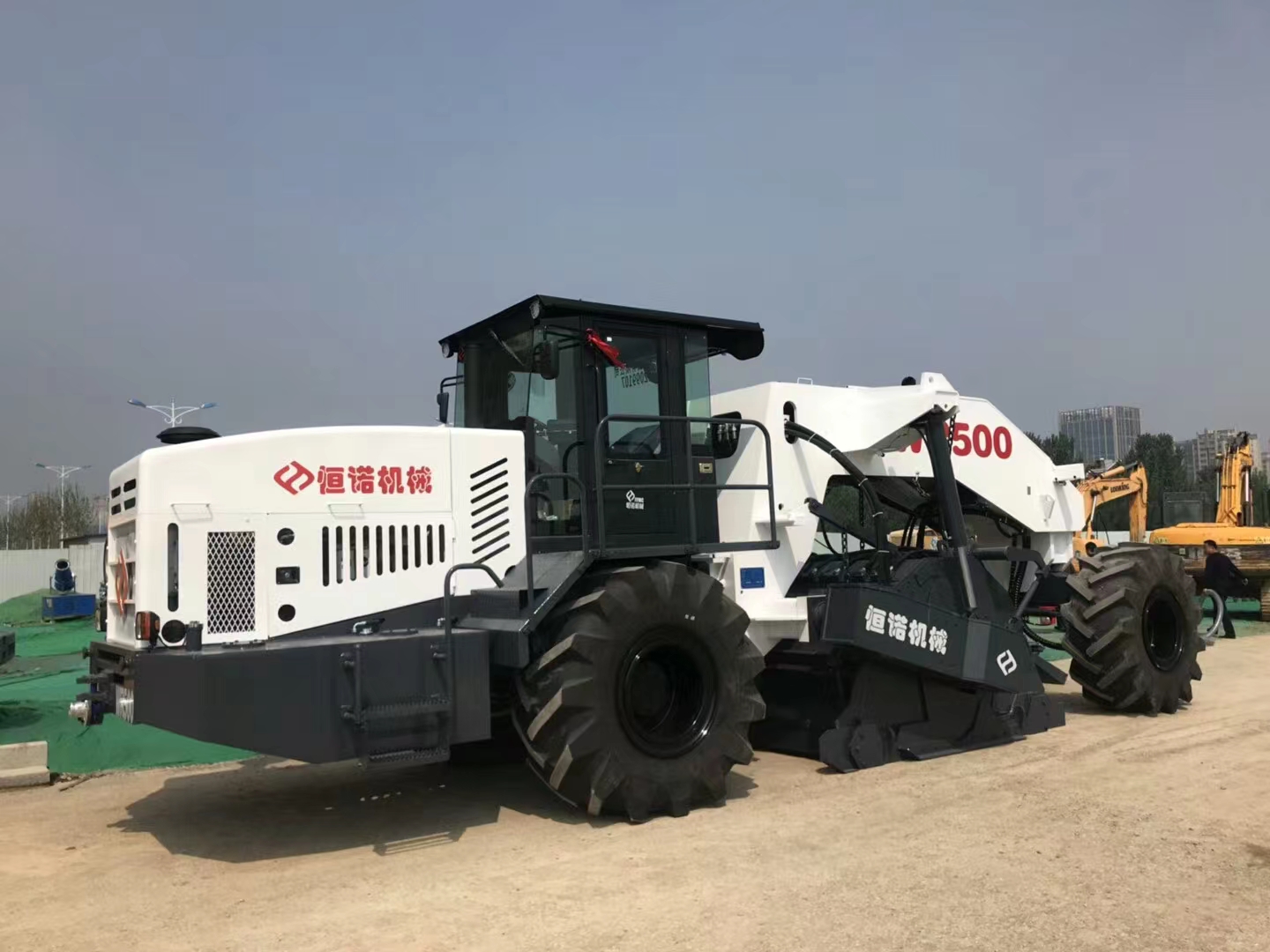
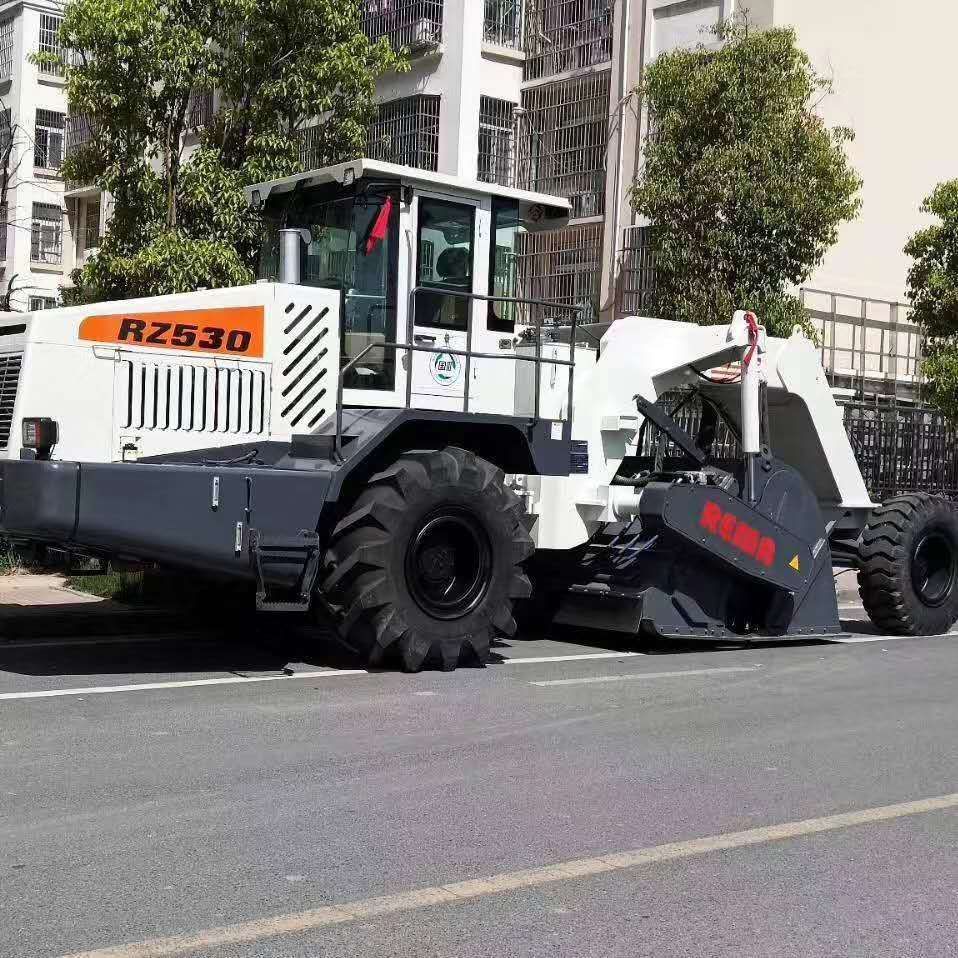
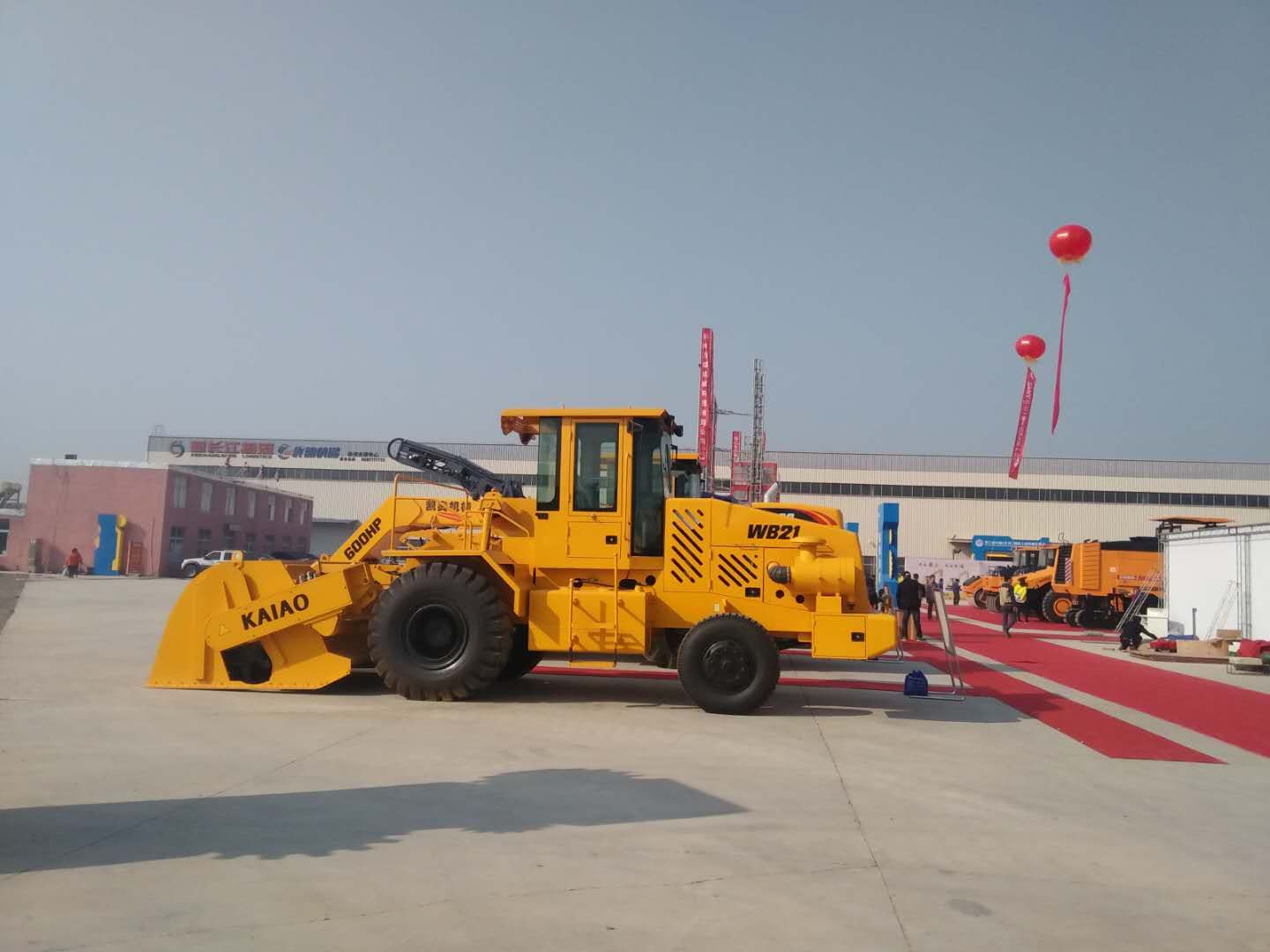
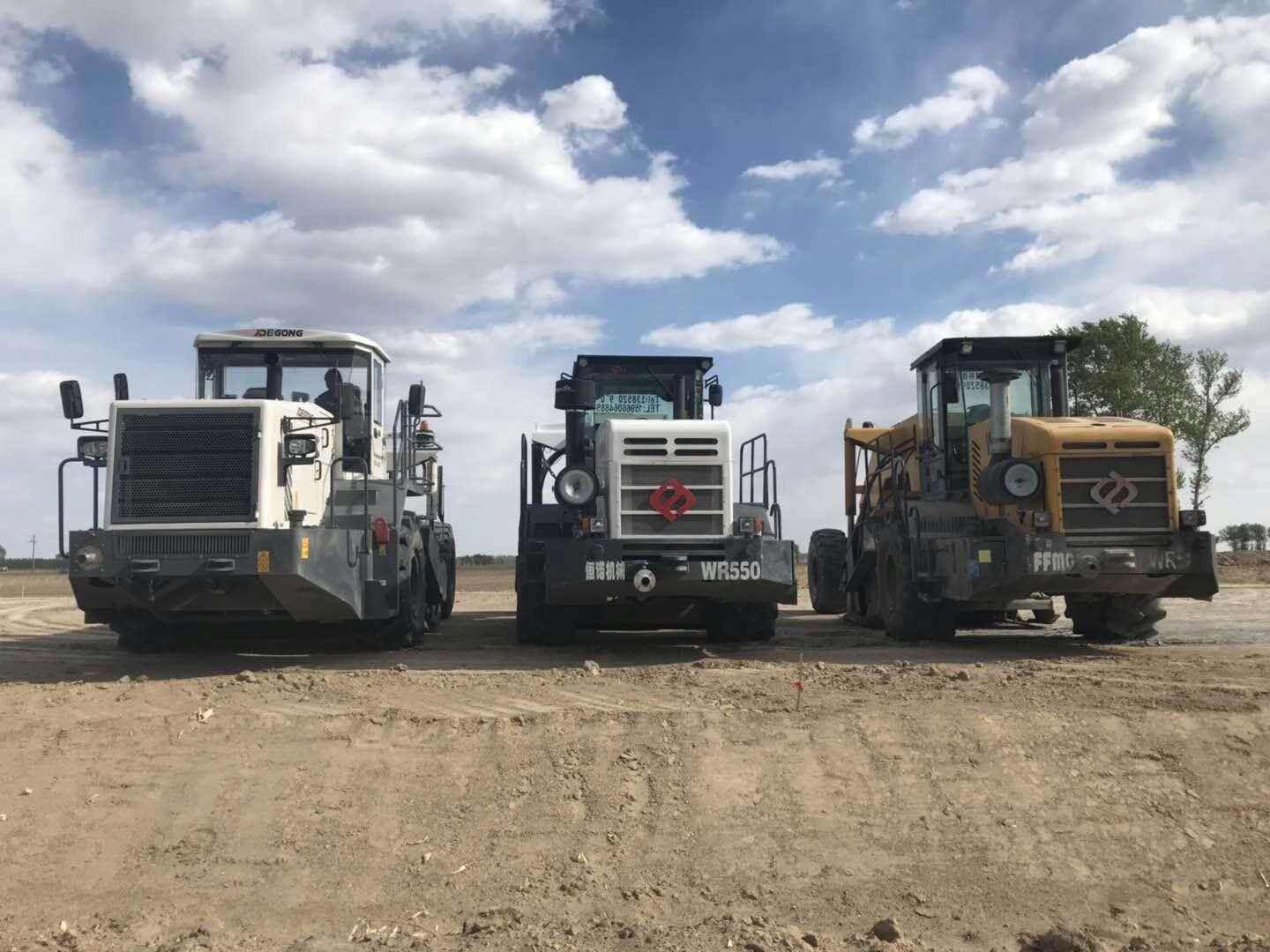

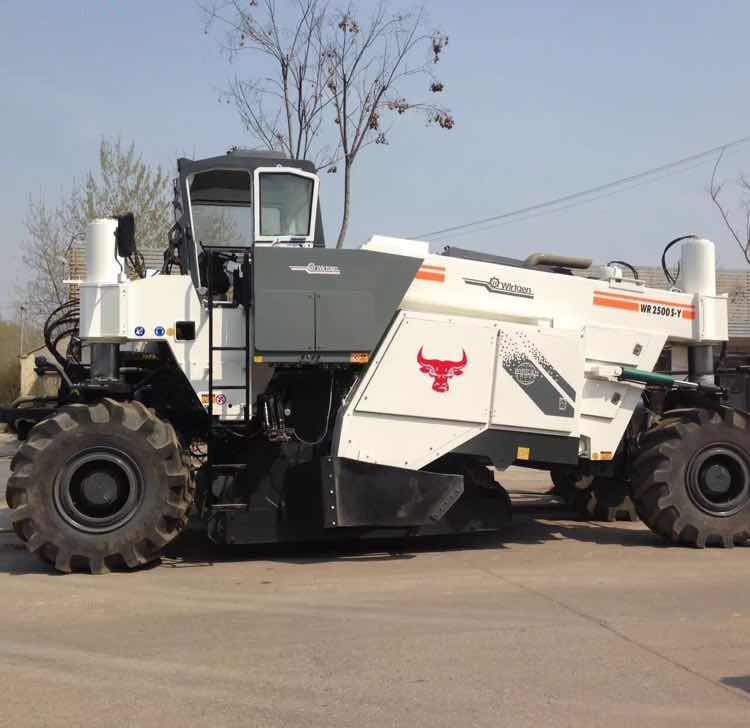
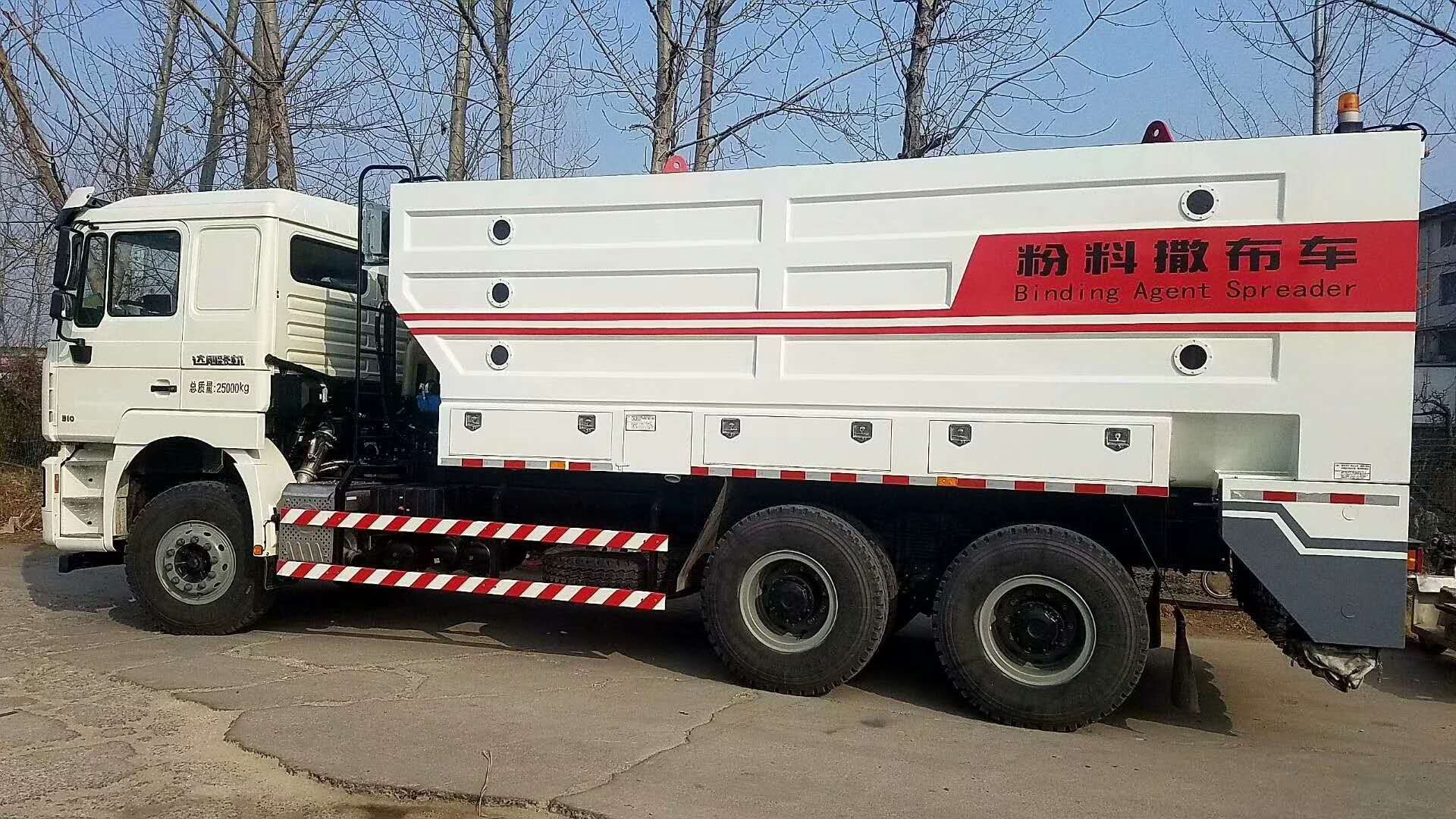
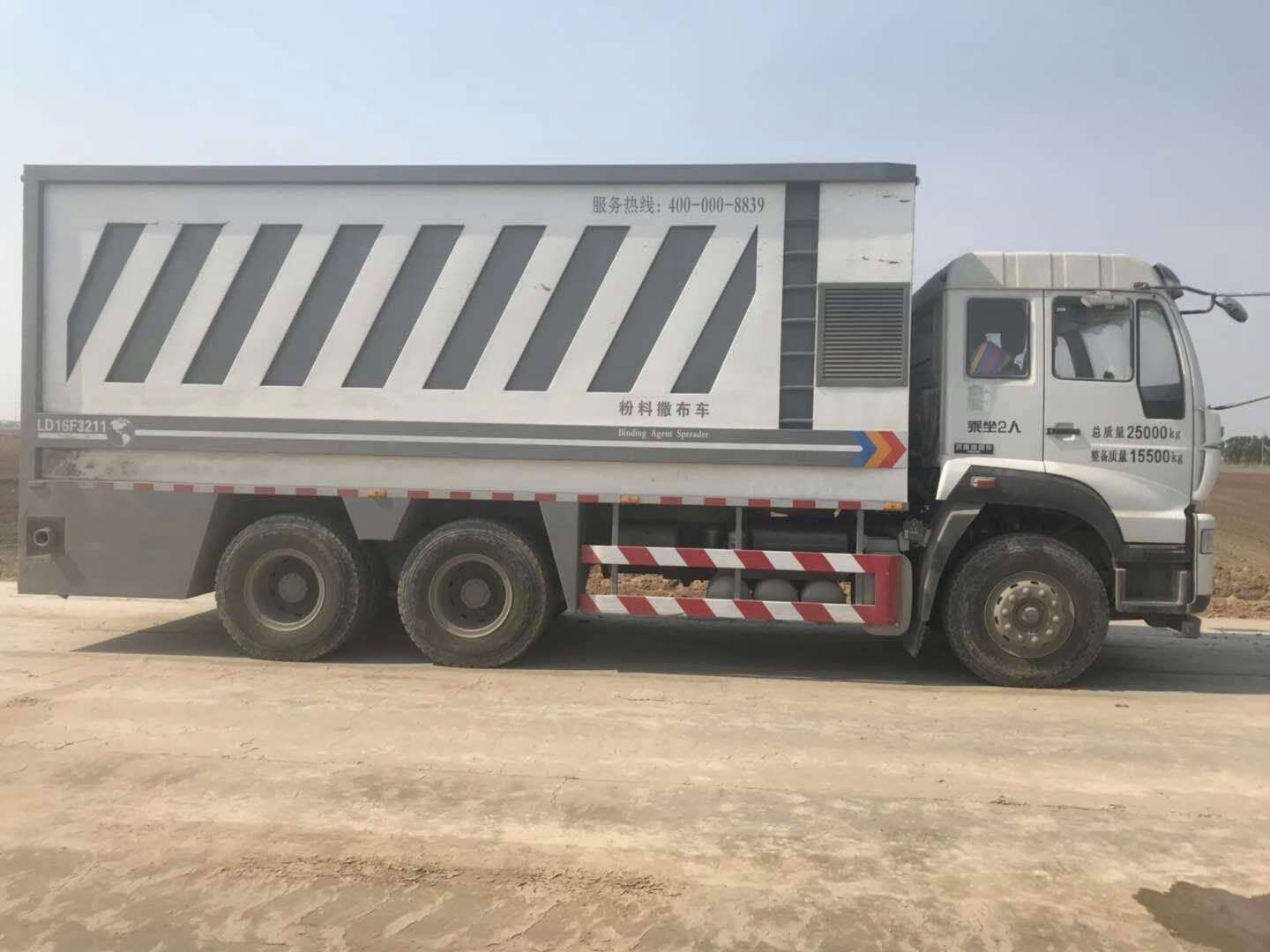
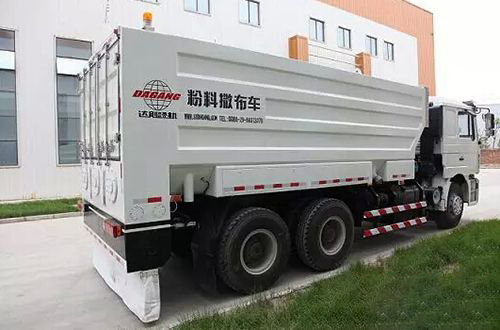
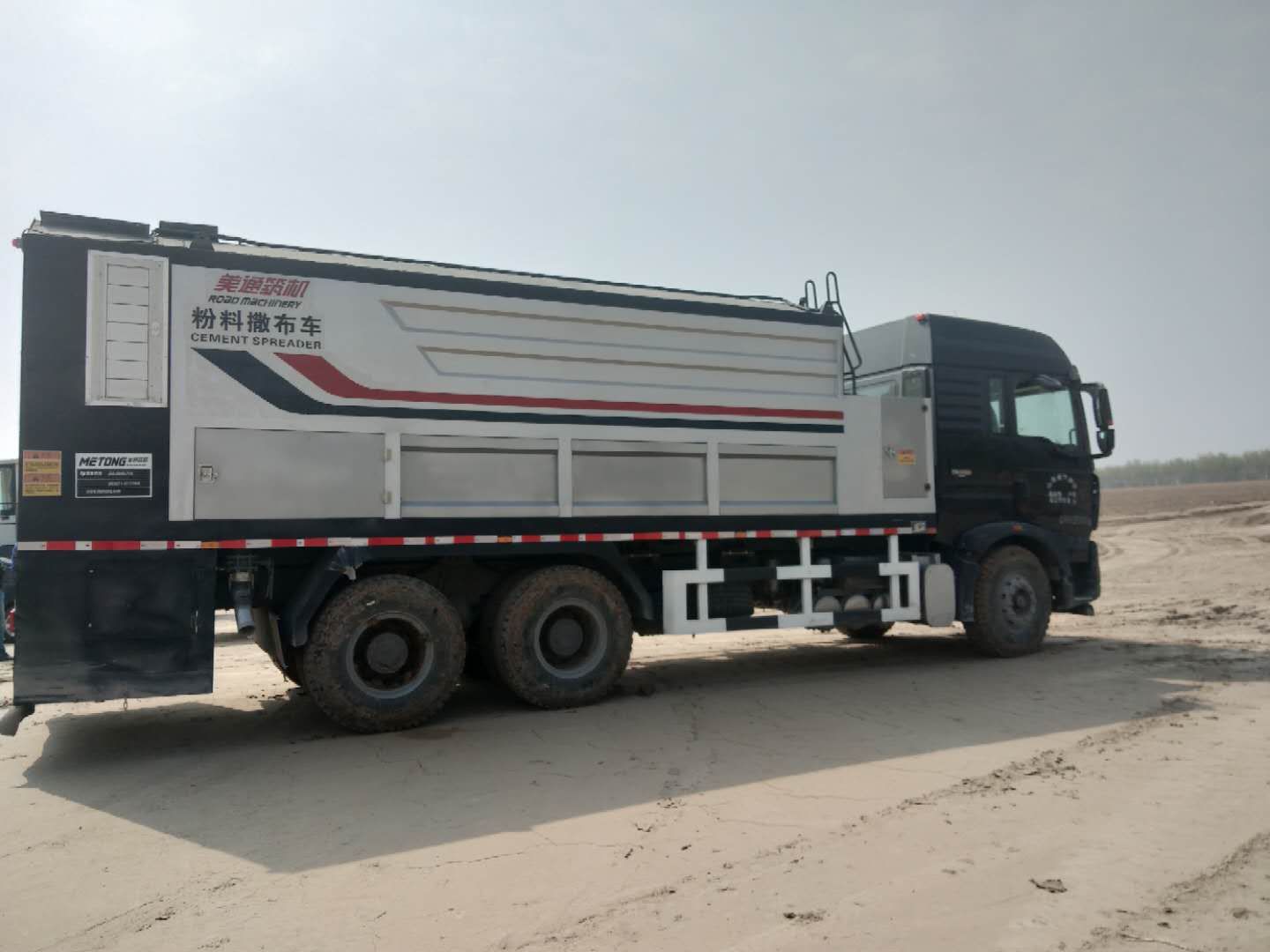
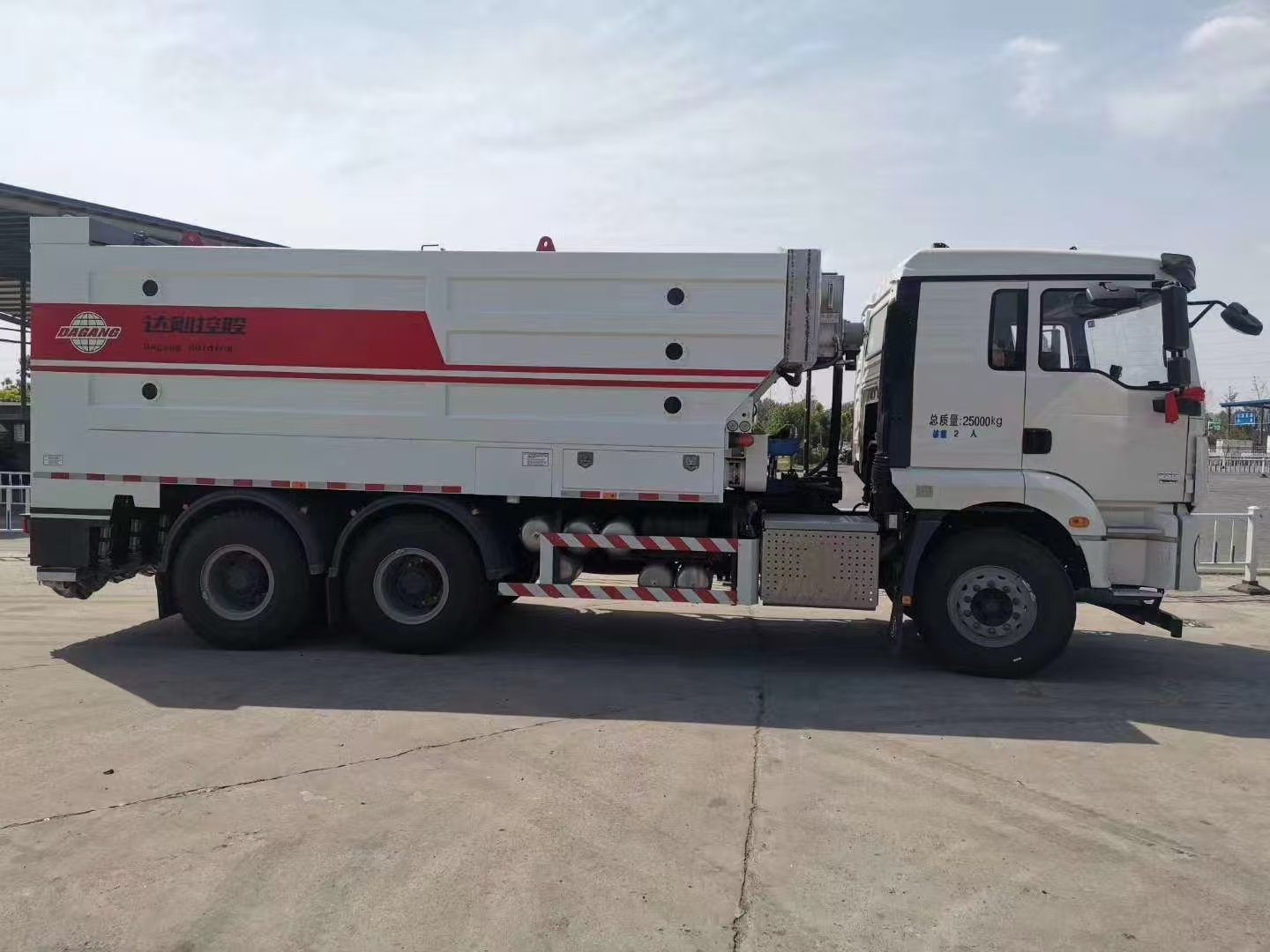
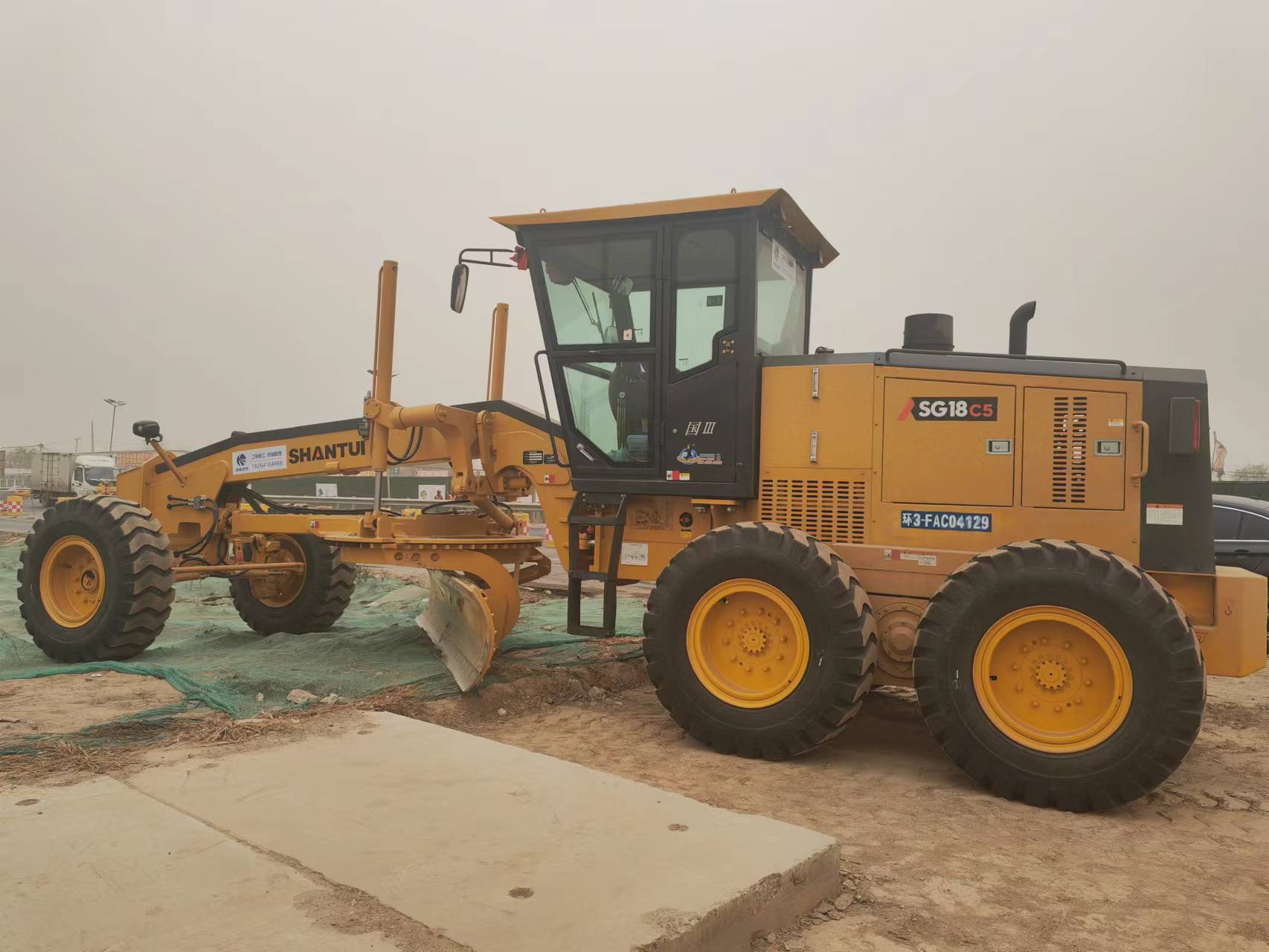




 公司地址:濟(jì)南市槐蔭區(qū)經(jīng)一路273號群盛華城2號樓1-404
公司地址:濟(jì)南市槐蔭區(qū)經(jīng)一路273號群盛華城2號樓1-404 公司名稱:山東途暢路橋工程有限公司
公司名稱:山東途暢路橋工程有限公司  備案號:
備案號: